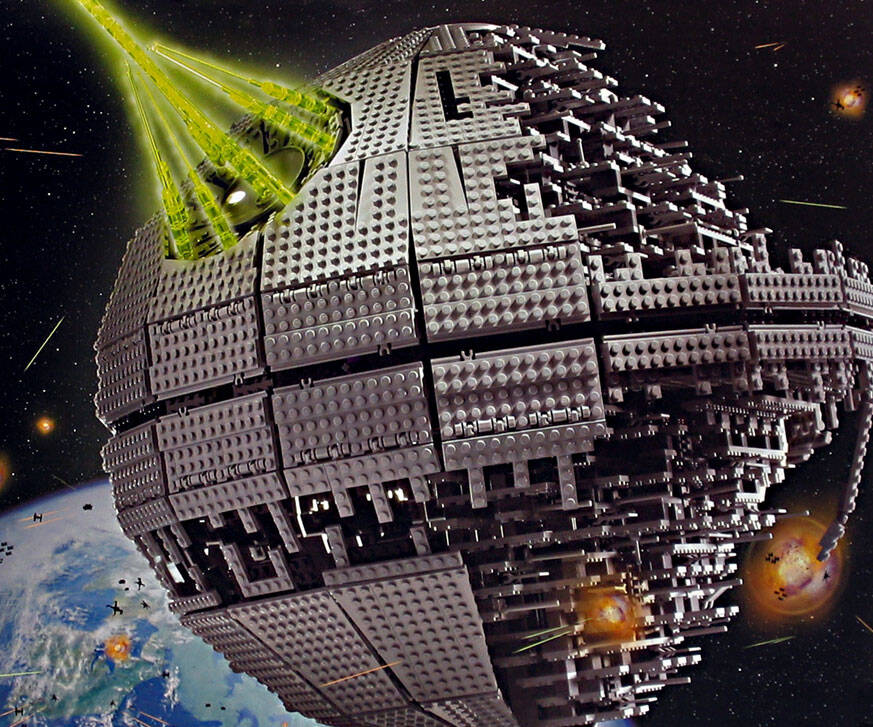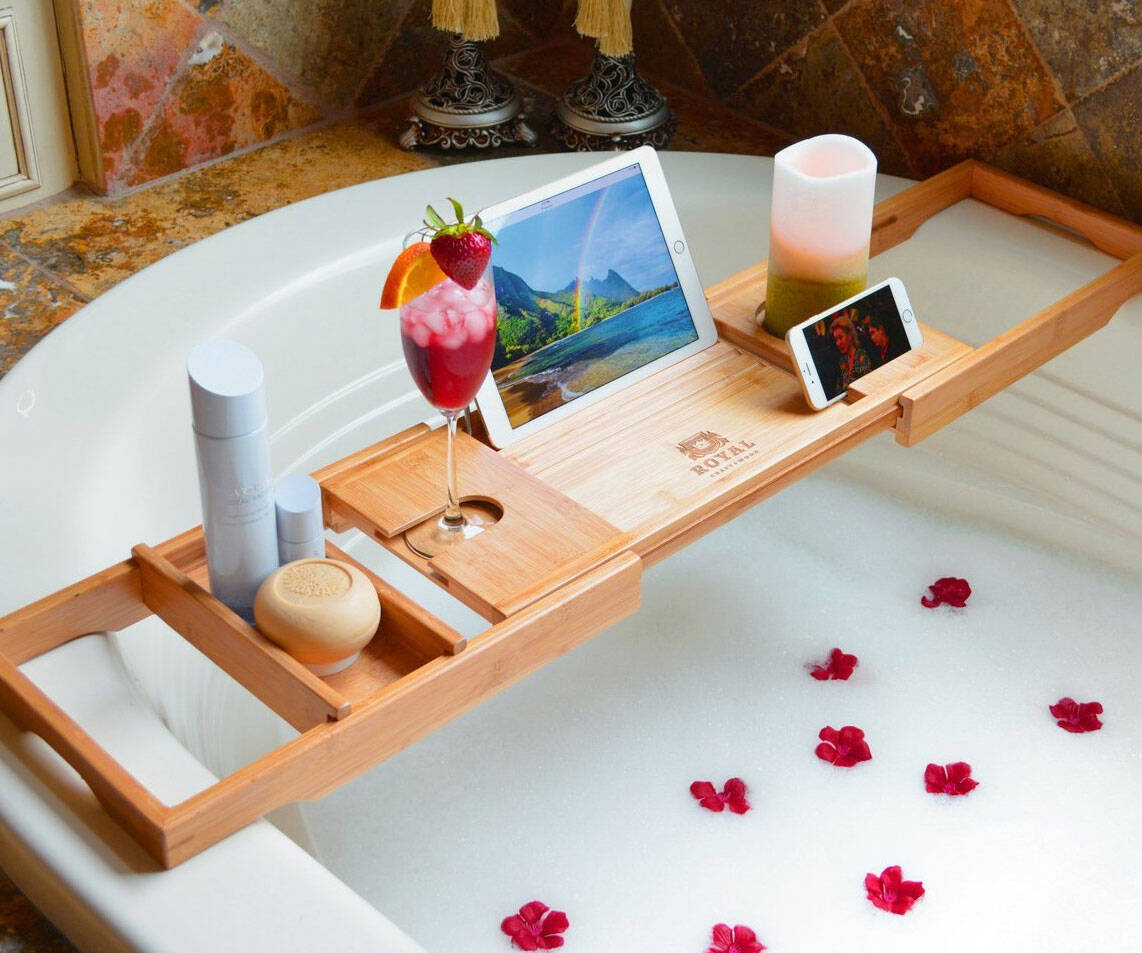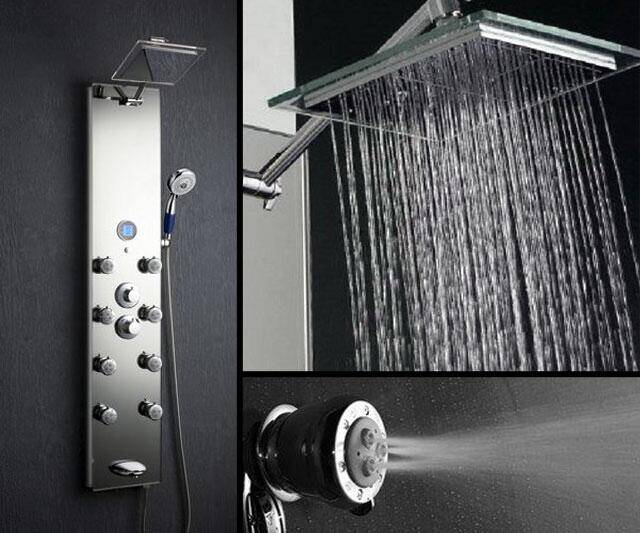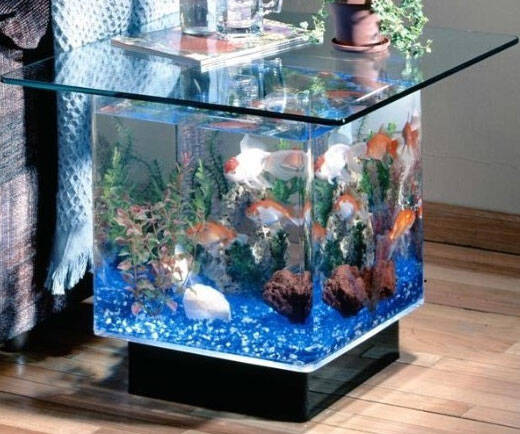Water Preserver Concentrate | ||||||||
| ||||||||
Product Description
b> Water Preserver Concentrate is a liquid additive that disinfects, preserves and extends the safe storage life of emergency drinking water.Water Preserver provides guaranteed 5-year storage* for regular tap water or commercial bottled water.
Water Preserver kills, and prevents the re-growth of Coliform bacteria and other disease-causing microorganisms for 5 years, when used as directed. Water Preserver kills the pathogenic organisms responsible for typhoid, dysentery and other serious diseases, and also kills and prevents growth of yeast, mold, fungi and algae which also make water undrinkable.
Water Preserver was laboratory tested for 10 years in a program of continuous sampling analysis to ensure its effectiveness. Laboratory test results were monitored and evaluated by the California State Environmental Protection Agency (Cal/EPA). Both U.S. and state EPA have licensed Water Preserver as effective for 5-year water storage.
Water Preserver is manufactured specifically for long-term water storage. Water Preserver is a proprietary formula of high-purity ingredients blended to produce a highly effective form of Sodium hypochlorite, that is stabilized and pH balanced, and has residual bactericidal properties.
Water Preserver belongs to a family of disinfectants associated with water purification and the safe anti-bacterial treatment of drinking water for over 100 years. Water Preserver is manufactured at an EPA registered site under controlled conditions, then laboratory tested, safety sealed, and date-coded to insure potency.
Features
- GUATENTEED POTENCY: Must use within 1 year of manufacturing to ensure potency (Expiration Date on Bottle)
Top Reviews
Fine for basic water storage, but you'll need to do it right to get 5 years out of it.by T (3 out of 5 stars)
June 23, 2016
Although I have used this product in a pinch for <5yr water storage, these sodium hypochlorite (yes, common household bleach, as described by other reviewers) preservers could only be good for (maybe) 5 years if you do everything perfectly. So I'll describe the everything perfectly part first & go from there:
1) Start with a new/unused plastic drum (BPA free) intended for water storage- most will be blue in color, but do not use a clear drum.
2) Sanitize it (it may be new, but you don't know how clean) by mixing any household bleach (like Clorox) in 5 gallons of water (1 tablespoon to 5 gallons) to be used as the sanitizer/cleanser. Mix it around and dump it into your 55 gallon drum (or 30 gallon), then put the caps securely back on the drum & slosh it around good for several minutes (all over- top to bottom). Then take the caps back off & dump that water out (not on plants or around kids- it's not deadly, but harmful). After dumping the cleansing solution out in a safe area, keep the drum on it's side & use a spray nozzle to let clean water wash down the interior of the drum- do this thoroughly for about 30 seconds- 1 minute. Dump out any of that tap water & try to get as much out as possible. If you're really detail oriented, put a clean rag around the openings with a rubber band around them to keep in place while the inside dries completely- this will act as a filter to keep insects or larger airborn particles out, and once it's completely dry inside, it'll leave less of a tap water taste in your storage water- now it'll just taste like clean plastic :-).
3) Tap water will work, but If you have filtered water available, use it to fill the barrel every day (as often as possible) until the barrel is completely full- the less space for air inside, the better. At this point, one threaded cap should already be tight & the other will be used as the fill hole. That fill hole should be kept snug in between fillings. If you get this done in less than 2 weeks, you can add your liquid concentrate preservative, put the fill cap back on tightly & then store it in the coolest place with the least amount of direct sunlight. Remember that direct sunlight can raise temps even in cooler spots, so sunlight should be avoided at all costs! One of the reasons for a non see-through barrel is that direct sunlight breaks down ANY form of chlorine much faster.
If you're using this product, then the method described above could get you to 5 years of storage. But keep in mind that it is also really a good idea to have a dedicated emergency water filter that will at least filter out chlorine- that way, you could always re-sanitize your stored water in an emergency (which is a good idea) with fresh chlorine bleach & filter it back out before drinking. That insurance policy can save a lot of problems.
Now for the chlorine myths running around:
Stabilizers in chlorine products almost always refer to a sunblock type of chemical like cyanuric acid. In a pool, products like Dichlor and Trichlor have CYA in them to act as a sunblock for the chlorine so the sun doesn't suck all of the chlorine out of the pool so quickly in summer months, and while I'm not saying that this water preserver product has CYA in it, the second ingredient after sodium hypo is doing something, so you should be aware of that. I'm not saying it is necessarily harmful, but it's not identified & how else can claims beyond 5 years be achieved?
If you're a studied do-it-yourselfer, I'd suggest looking in to calcium hypochlorite granules to keep around in a very small quantity. They don't go bad near as quickly as sodium hypo (which could matter if you set up a disaster storage stash, but neglect to change out the products every few years), and a little goes a long way. But do a thorough job of studying before going this route, because it's more potent, so the ratios need to be respected.
Guidelines when you need to re-sanitize stored/household water with Sodium Hypochlorite (household bleach):
1) Clear water is a sign of pure water. Always drain long-standing pipes for 30 seconds to one minute before drinking! (Cheap remote motels?)
2) 1 Gallon water is disinfected by 8-16 drops of regular household bleach (visually about 1/4 of a teaspoon) - double that for cloudy water. Shake and let stand 30 minutes. One teaspoon will disinfect 5 gallons. Immediately after treating, water must initially have a slight smell of chlorine. If it does not - repeat the process.
3) Household bleach is relatively harmless. The smell or �waft� of chlorine is not bad: it indicates that water is treated and germ free. Once treated and disinfected, the chlorine smell will go away in a few days.
4) Regularly used water from large tanks may be treated once or twice a month with 1 Oz. bleach per 200 gallons or 5 Oz. bleach per 1000 gallons.
5) Long-standing water in tanks will be disinfected w/ 1 pint household bleach per 1000 gallons. (2500 gal tanks are fine with 3 pints.)
6) Bleach effectively kills bacteria and viruses, stops smells and then breaks down. It's effective germ killing alkaline property is completely neutralized very quickly. It does not stay chemically active in tanks for more than a few days. Most germs require sunlight to grow. Store water in the dark.
7) If water is relatively clear: but has a noticeable smell of chlorine: it is drinkable, disinfected, and harmless. Humans need 2 quarts per day.
Exorbitant price for a tiny bottle of bleach. This is just bleach!!
by go_rocks (1 out of 5 stars)
October 23, 2016
The active ingredient in this bottle is ~5% sodium hypochlorite, which, in plain English, means chlorine BLEACH. Compare this to a gallon of Chlorox (active ingredient? 5% sodium hypochlorite), and the question I think you should ask yourself is why would you be an idiot and pay $11 for this tiny little bottle when a GALLON of bleach (sodium hypochlorite, ~5%) runs about one third to one fourth the cost and can serve the exact same purpose. Don't get suckered.
It is just bleach. So many articles I have ...
by John M F (1 out of 5 stars)
October 14, 2016
It is just bleach. So many articles I have read about water preservation talked about adding a touch a of bleach. This company markets 5 cents worth of bleach for $11. Buyer beware.
Not worth the bother
by Papadoc (1 out of 5 stars)
November 16, 2010
Having dealt with these chemicals for 35+ years in a variety of water treatment applications, it is my considered opinion that there is value to the product, but it really isn't worth the bother and it is incredibly expensive for what you get, and there is a strong element of risk. You will find much more benefit from cheaper and more common treatment methods without worrying whether if what you have is fresh or will work.
The trick to what they are talking about is to kill off the pathogens, and then store the water in such a way that it is not possible to introduce new pathogens. Keep water in an airtight container and out of the sun, and you've prevented it from being recontaminated. It is your water storage method that does this, not this or any other product. Any product that would itself keep your water pathogen-free for 5 years without these storage procedures would be so toxic that you couldn't drink it.
That said, sodium hypocholorite works. It also actually is household bleach (go look at your Clorox bottle), and it really doesn't matter if they put a stabilizer in it or not. Sodium hypo is most stable at 5.25% (household bleach strength). It will be at strength for a year or more if left cool and in the dark and it will be close to that strength for several more years. A half cup of bleach in 55 gals of clean and clear water will do the job. Seal the water and store it. Done! Doing it this way will also keep your water drinkable for 5-10 years.
If this product needs stabilizers in it, it's because their bleach has a shorter shelf life or because they are using it as a marketing gimmick. My concern however, is that stabilizers also add another chemical to what you are drinking. Using cyanurates (for example) works to stabilize a 7-8% bleach, but it has also been identified as a carcinogen in high quantities. Keeping water safely doesn't require stabilizers. It just requires sanitizing it once and storing it properly... something you have to do with or without this product. The only reason to have stabilizers is if the product itself is unstable. If that's the case, that would concern me because products that break down often form other really nasty contaminants and are largely unpredictable if they are ingested.
Normal bleach is not that unstable that stabilizers are necessary. Unfortunately, this manufacturer doesn't tell us what stabilizers are in it, why they have to be in it, or what the health risks are. Essentially, they are telling us, 'Here's some stuff to drink, we are not offering you any analysis of our claims or ingredient list, but drink it anyway.' I am not suggesting that it is unhealthy, but there is nothing here but your own inference that it is safe.
Do yourself a favor and keep a couple gallons of bleach around the house, and if you are concerned about something more, go invest in a quart of 40% pool algaecide. Choose the one with the ingredient n-alkyl dimethyl benzyl ammonium chloride. It sounds nasty but you deal with it every day in very low doses in commercial kitchens, bathrooms, locker rooms, and pools. A .06% is health department certified to kill off all pathogens, which means that a quart of 40% will create 650 quarts of disinfectant, and you can use 1 qt of that to treat 55 gallons of water. That is far more than you will ever use for water consumption, so keep the rest around to spray down surfaces and kill bacteria, molds, and mildew. It's used a lot in gymnasiums on hard surfaces to wipe out athlete's foot fungus and other sources of infection and smell. As for the smell, it leaves kind of an almond scent behind.
Such products as the ones I'm talking about have also undergone extensive testing before being deployed and authorized for use in pool water that can be drunk and around food products. The description of this product bears no such claim.
***EDIT***
This edit is added because there are apparently some readers who think this is some sort of a water taste review. It is not. This IS NOT about taste. Other than potentially being indicative or a confirmation of what's in the water, taste is irrelevant in survival situations. Forget about the taste. But if that is still all you can think of, then add some sugar and be happy.
This review is about the claims made by the product, how irrelevant they are to real world situations, and that there are chemicals left behind to be consumed by you and your family when you drink this water. Focus on the fact that you don't know what these chemicals do to your body when they are ingested, and the fact that they are not necessary to keep water healthy.
I also wanted to point out the potential dangers of the some water barrels. It is important that you find product that complies with U.S. Food and Drug Administration regulation 21CFR 177.1520 (1) 3.1 and 3.2 for storage of potable water, and has not been used for other purposes before you bought it. Plastics come in varying qualities and for different purposes, and some leech process chemicals or components. If it has been used for any other purpose, it could have absorbed some of that and not be able to be adequately cleaned out. Again, for you people who think this is about taste, it is not. Use what you will and then let the rest of us know when your kidneys are shutting down.
Even if your water storage is brand new, they can release gases for awhile. Maybe they are okay, maybe not. Maybe they give you the runs or just make you feel like you ate a wad of plastic wrap. Only experience will tell you if you made a mistake, and then it's probably too late. My recommendation is that you do a complete drain and refill at the 6, 12, and 24 month mark at a minimum, and then every 24 months after that. Be sure to rebleach water going back in and store them properly. Yes, it's a lot of work, but that doesn't make it any less advisable or beneficial.
Papadoc58's comment of using half a cup of 5. ...
by Lyster M (3 out of 5 stars)
November 30, 2015
Papadoc58's comment of using half a cup of 5.25% bleach will result in over concentration of 22 ppm (parts per million) chlorine. Drinking water should only have 3 to 4 ppm chlorine. Clorox recommends 30 drops of their new concentrated bleach per 5 gal of water. That would be equivalent to 16.5 ml per 55 gal of water. (Do not use splash-less or scented bleach.)
Yes, it really does protect water for five years.
by Steve (5 out of 5 stars)
January 4, 2019
I live in a state that gets its share of earthquakes. I have stored water and other supplies for when "the Big One" hits. I have been storing water using Water Preserver Concentrate for many years. I store the water in seven-gallon plastic containers. About every five years or so I empty out the containers, and I refill them with fresh water mixed with a carefully-measured amount of Water Preserver Concentrate. I then label each container with a large tag, showing the date it was filled. So last month the five-year period was up on some of these containers. It was time to pour out the old water and refill. But I was curious: Was this five-year-old water still safe to drink? Well, I don't have access to a scientific laboratory, so I tested the old water by drinking some of it. I figured, if the Water Preserver Concentrate was doing its job as claimed, this old water should still be safe to drink. And it turns out, it was indeed safe. I drank about six or eight ounces of the five-year-old water, and I suffered no ill effects. (I did this on a day when I knew I would be home all day, just in case I had to run to the bathroom or something.) I expected that perhaps the water would have a plastic taste (from being stored in a plastic container for five years) or perhaps a bleach-like taste. But it just tasted like regular water is supposed to taste. So I am pleased to say that this stuff did work as claimed. However, let me add a little more info that may be relevant. First off, when it is time to fill these plastic containers with water, I wash my hands and try to ensure that there is no chance of germs entering the containers. Also, I tightly seal each container, and I store them on the floor of the closet, covered up with a thick blanket to keep away sunlight. So I am really anal about doing what I can to make sure the water will stay drinkable.
Don't waste your money, this is just bleach.
by Matt &. (1 out of 5 stars)
January 9, 2019
Way easier and cheaper to use household bleach. Properly measured, it does the exact same job.
WORS! PERIOD!
by Amazon Customer (5 out of 5 stars)
January 12, 2019
Ive got a 50 gallon water troft with a heating element in it so it doesnt freeze during the winter, for deer and birds..During the summer months I can clean it out regularly but during the michigan winters, I cannot clean it out, so water sits in it for months. Anyways I could not even see the bottom of it so I know it must be dirty, I tried other products without any noticable difference, but, After using this product I CAN SEE THE BOTTOM! Water looks a million times better! buy it!
I guess it's good. If I drink the water from my 55 ...
by brcjr (5 out of 5 stars)
November 20, 2015
I guess it's good. If I drink the water from my 55 gallon barrel and I die, then I will lower my rating to one star.
Water Preserver
by TheDanceGuy (5 out of 5 stars)
June 12, 2019
Second time I used it, last time 4 1/2 years ago. Opened drum no mold or anything growing in it. Tasted good and nothing but clear water come out while I drained it. Drum stays in garage in central Florida waiting for the bad one to come. So, no complaints, looks like it does what it says and hopefully I'll never have to use it.
Customers Who Bought This Item Also Bought
- LifeStraw Personal Water Filter for Hiking, Camping, Travel, and Emergency Preparedness
- 5 Gallon Samson Stackers, Blue, 8 Pack (40 Gallons), Emergency Water Storage Kit - New! - Boxed! Includes 1 Spigot and Cap Wrench
- Potable Aqua Water Purification Tablets With PA Plus - Two 50 count Bottles
- Blue 55 Gallon Plastic Water Barrels (Renewed)
- API Kirk Containers 5 Gallon Samson Stackers, Blue, 6 Pack (30 Gallons), Emergency Water Storage Kit - New! - Clean! - Boxed! Kit Includes one Bonus Spigot
- Duda Energy dwrench Aluminum Drum Wrench for Opening 10 gal, 15 gal, 20 gal, 30 gal and 55 gal Barrels Standard, 2" Bung Racing Fuel Methanol, 2"
- Augason Farms Water Storage Barrel 55-Gallon Drum
- Food Grade BPA Free Emergency Disaster 55-Gallon Drum Pump Heavy Duty Barrel Siphon/Drinking Water Hand Pump
- Augason Farms Water Storage Barrel 55-Gallon Drum
- Potable Aqua Germicidal Water Purification Tablets - 50 count Bottle
*If this is not the "Water Preserver Concentrate" product you were looking for, you can check the other results by clicking this link








